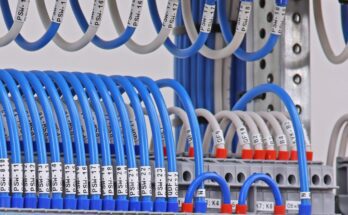The good news: US greenhouse gas emissions are on track to fall 9% this year, marking the lowest levels of climate pollution in at least three decades, according to the research group BloombergNEF.
The bad news: The dramatic decline is almost entirely attributable to the pandemic-driven economic downturn, not any fundamental and lasting shifts in our policies, behaviors and practices.
BNEF estimates that without covid-19, emissions would only be 1% lower in 2020, primarily due to the continuing shift away from coal use. That suggests emissions will sharply rebound after the pandemic passes and the economy recovers.
The biggest decline was in the transportation sector, which fell by 14%, the report found. Climate pollution from the power sector and industry declined 11% and 7%, respectively.
The added wrinkle in 2020 is that the massive fires across the American West released nearly 200 million more metric tons of carbon dioxide than fires did in 2019. Adding that into the equation shrinks the US’s emissions reduction to 6.4% this year, BNEF estimates.
Some have highlighted the decline in emissions this year as a positive sign for our collective ability to rapidly change behaviors and practices in ways that could reduce the risks of climate change. But a big part of the reductions is due to our inability to freely move around for work, to see friends and family members, or to visit different parts of the world, all of which few of us would want to give up forever.
Other portions are driven by people losing jobs, income and wealth, cutting back spending on food and other necessities, or getting sick and dying.
The clearer takeaway: We don’t want to solve climate change by constraining consumption or banking on human suffering. We need to do it by cleaning up the ways we generate energy, produce food, and move people and products around. And the BNEF numbers show we’ve still barely begun to make those transformations.


